Chris Kolb co-founded robotics company Aerobotix in 2005 and currently serves as vice president of sales. He plays a key role in developing innovative robotic solutions for the company’s customers, which include some of the world’s largest aerospace and defense contractors.
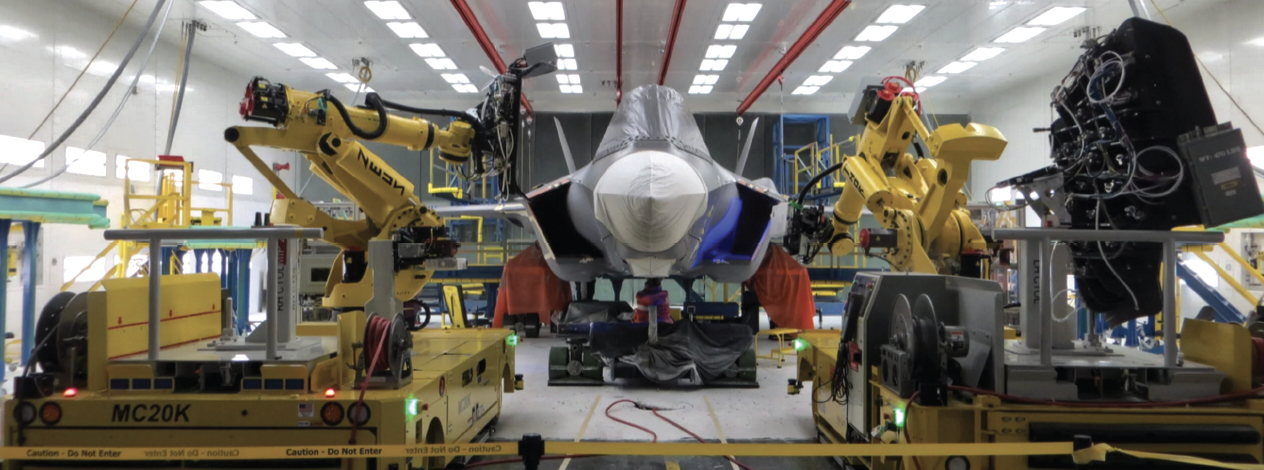
Mr. Kolb began his career as a robotics integrator and over the past 28 years has gained extensive experience in almost every facet of industrial robotics – from programming and installation to domestic and international sales.
Headquartered in Huntsville, Alabama, Aerobotix is a leading provider of robotic solutions for the aerospace and defense industries. The company specializes in cutting- edge automated solutions for high-value, high-precision components, aircraft and vehicles. Aerobotix has more than 130 robotic systems installed in the U.S. and abroad.
Mr. Kolb, thanks for taking the time to talk with us... with a strong background in industrial robotics, what drew your interest to the space industry and then committing Aerobotix to engage in this intriguing industry?

Chris Kolb
Chris Kolb
Aerobotix entered the space industry via a referral from one of our core defense customers. The most common applications for Aerobotix robotics systems are automated sanding and coating as well as inspection, testing and quality control.
Because of our expertise in developing unique automated coating systems, we were asked if our robots could be adapted to apply spray-on foam insulation (SOFI). We ran tests in our lab and were able to confirm SOFI coating as a capability.
Please tell us about the space programs you’re working on.
Chris Kolb
I can’t mention company names for security reasons; however, Aerobotix is working with a rocket manufacturer to apply protective spray-on foam insulation to spacecraft fuel tanks. Aerobotix is also working with a hypersonic missile manufacturer to apply a thermal protection coating to protect the vehicle as it leaves the Earth’s atmosphere.
Why has missile manufacturing, in particular, becomea growth market for robotics companies?
Chris Kolb
Defense contractors are turning to automated systems to help them increase capacity so they can meet surging production demand from the U.S. Government.
In 2022, Aerobotix marked the installation of its 40th robotic system for the U.S. missile manufacturing industry and we’re now well on our way to No. 50. Automation is often the smartest strategy when defense contractors really need to ramp up production and expand capabilities.
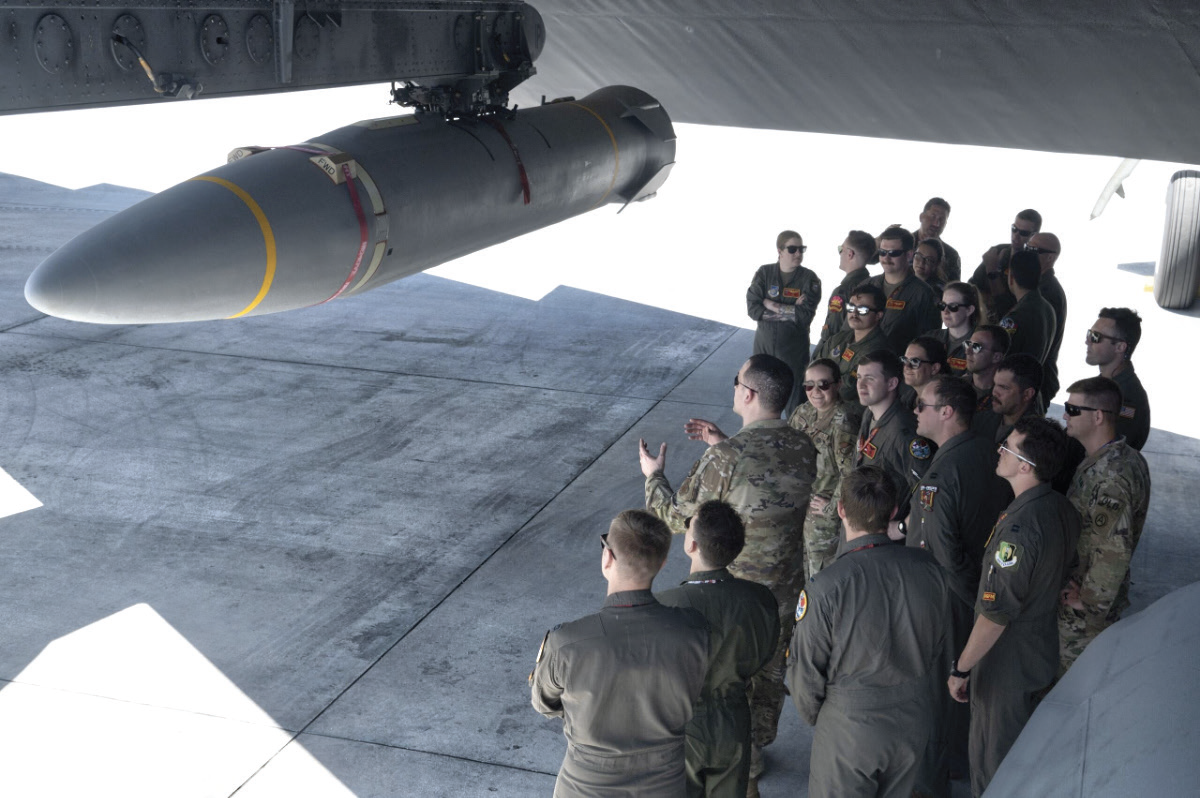
A hypersonic missile that has been sprayed with a thermal protection
coating to protect the vehicle as it leaves the Earth’s atmosphere.
(Photo credit: U.S. Air Force)
What kinds of missiles has Aerobotix been working on?
Chris Kolb
Our robotic systems are supporting interceptor, cruise, air-to-air and hypersonic missile production on multiple levels.
Recent demand has focused on the automation of testing, inspection and quality operations, but missile manufacturers have had Aerobotix design, build and install robotic systems for a wide range of processes.
These include structured light scanning, active-force- compliant sanding, application of performance coatings, sculpting the outer-mold-line shape, and non-contact measurement of coating thickness.
There are certainly roles for robotic involvement in the military/agency/government (MAG) and commercial environments. How do you see the role of industrial robotics improving product within these arenas, moving forward?
Chris Kolb
I mentioned earlier that robots can enhance production capacity. Robots can also generate major cost savings — both via reduced labor costs and increased production efficiency — while improving output quality and worker safety.
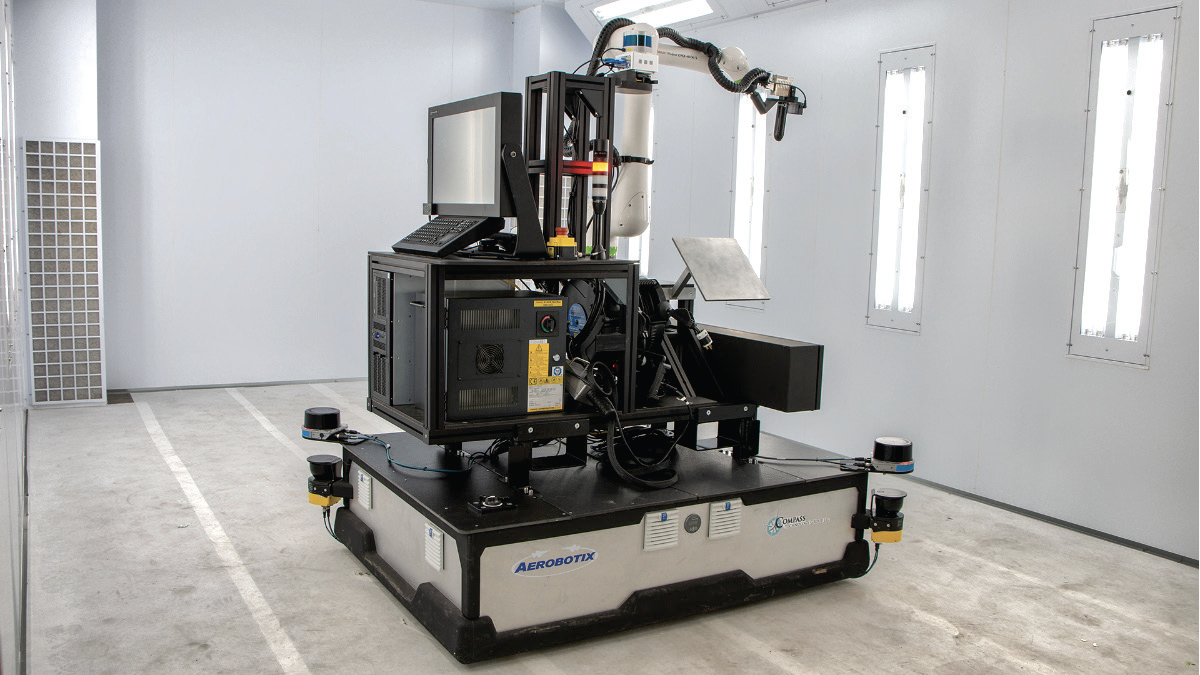
The adaptive radome diagnostic system (ARDS), the first use of a
LiDAR-guided collaborative mobile robot in Air Force maintenance
depots. (Photo credit: Aerobotix/CTG)
A good example is how the U.S. Air Force saved almost $9 million in six years after engaging Aerobotix to automate the application of performance coatings on air inlet ducts for the F-22 Raptor aircraft.
Our robotic technology can paint each unit using only about 300 hours of labor, rather than 1,600 hours. That’s a labor saving of around 80%, which helps to solve the challenge of getting these aircraft back into service quicker. The estimate is that we’re saving the Air Force around $220,000 per aircraft in maintenance costs.
Aircraft maintenance can be difficult work. In that case study, did introducing robot helpers reduce worker injuries?
Chris Kolb
The Air Force has reported seeing far fewer injuries because human workers no longer need to spend hundreds of hours crawling around on their hands and knees inside aircraft inlets, wearing protective suits and respirators.
Before the Air Force started using robots, maintenance workers sustained a significant number of shoulder injuries, in particular, from working in such cramped, tight spaces. And robots can do a better job anyway, because in those conditions, it’s nearly impossible for human workers to manually apply the coatings at consistent speeds and thicknesses.
Has Aerobotix worked on any other projects for the Air Force?
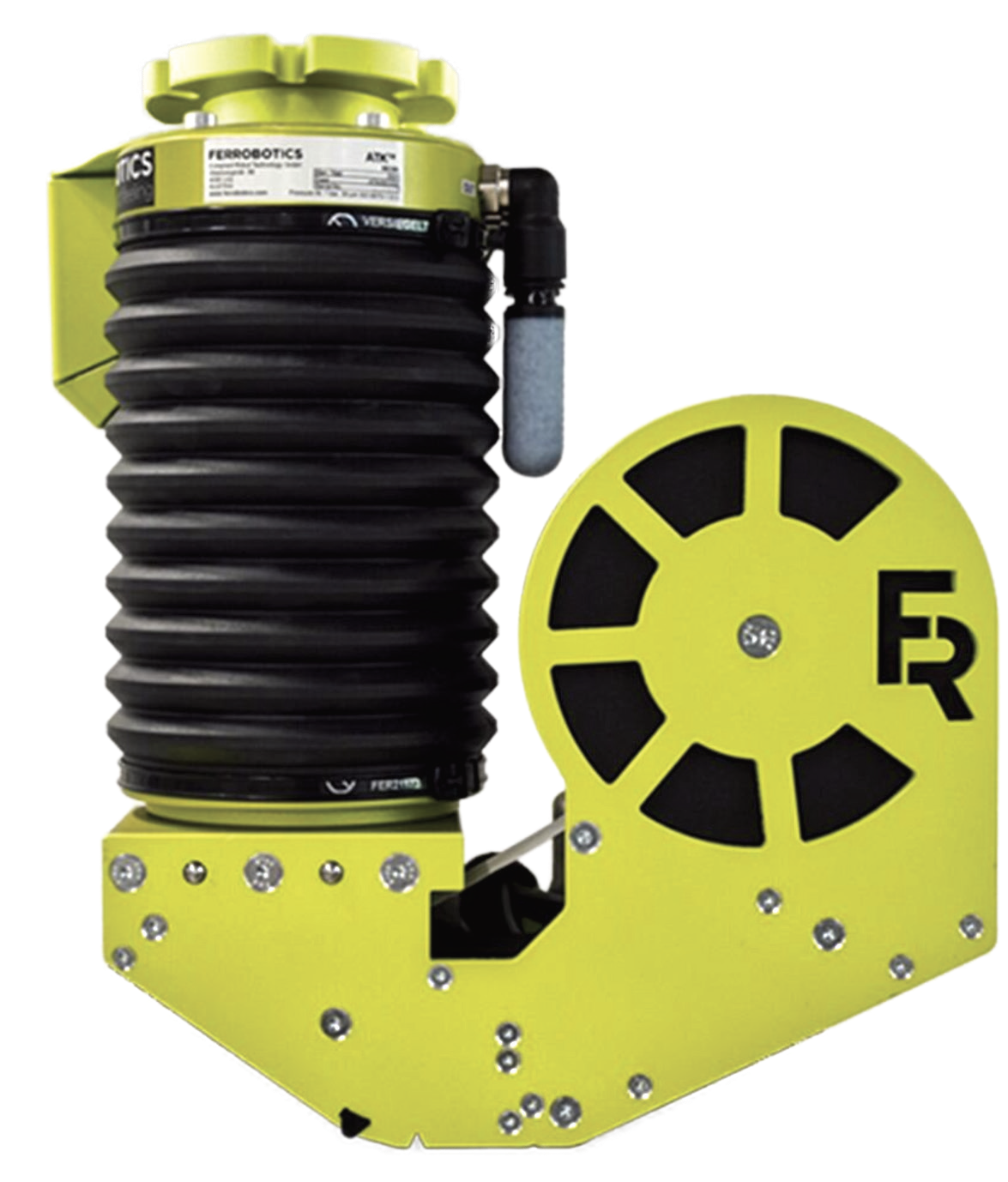
Chris Kolb
Aerobotix designed automated painting systems for the F/A- 18E/18F Super Hornet and F-35 Lightning II — two of the newer aircraft featured in “Top Gun: Maverick,” which became one of the highest-grossing movies of all time.
We also partnered with the Air Force and Compass Technology Group (CTG) to build an adaptive radome diagnostic system (ARDS), which was the first use of a LiDAR-guided, collaborative, mobile robot in Air Force maintenance depots.
The self-navigating ARDS uses microwave signals to non- destructively evaluate aircraft radomes and identify defects such as delamination or water ingress.
The ARDS won the top Defense Manufacturing Technology Achievement Award at the 2021 Defense Manufacturing Conference.
Does AI play a role in your firm’s processes and, if so, how so?
Chris Kolb
Our robots aren’t currently using a lot of AI, but we’re exploring the technology and expect to use it more on the production side in the future.
Tell us about your newest innovation, the Active. Taping Kit (ATK).
Chris Kolb
The ATK is a first-of-its-kind solution that Aerobotix developed with an Austrian partner, FerRobotics, in response to aerospace industry demand for an automated tool for precision application of masking tape.
Manually applying masking tape on high-value aircraft and parts is slow and labor intensive across the major defense primes. The ATK automates the process and puts down perfectly straight tape lines every time.
The ATK was recently honored with a special prize under the Austrian National Innovation Award.
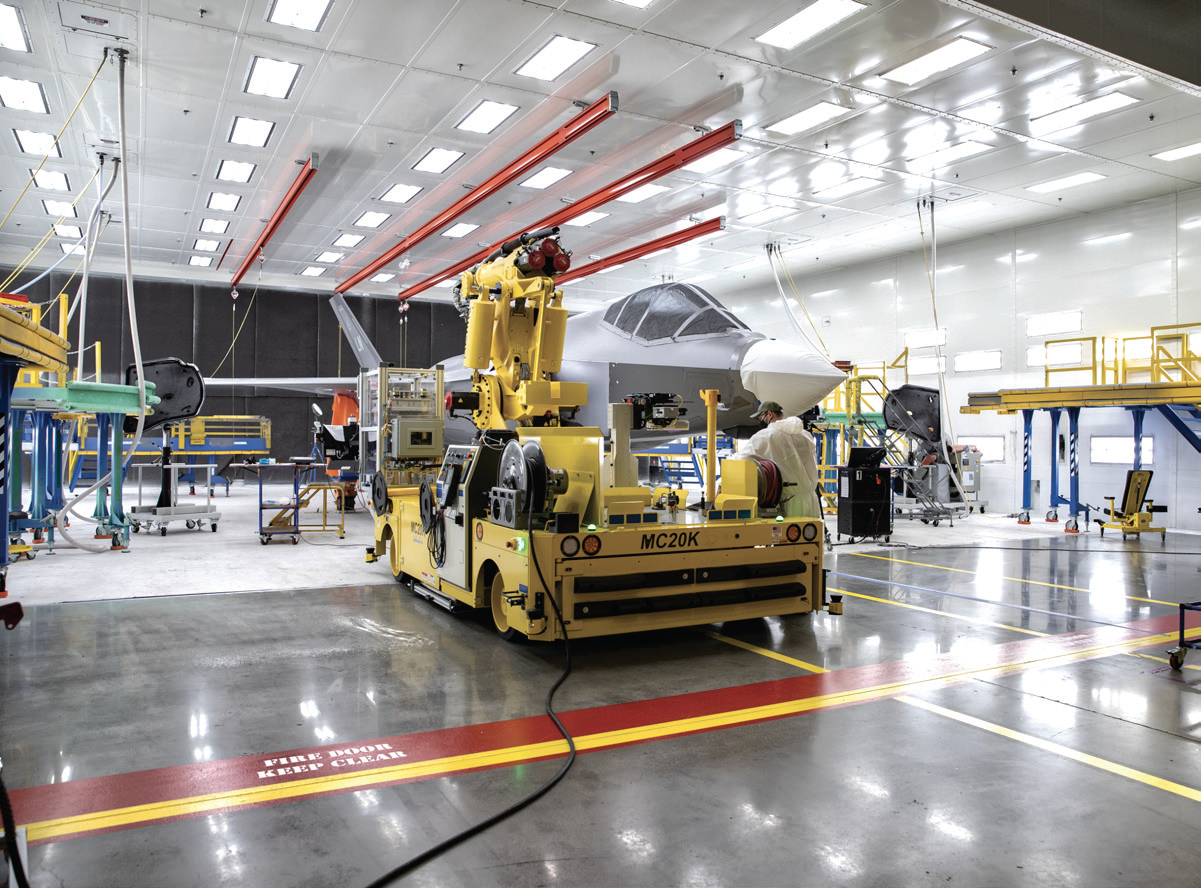
An Aerobotix robotic system applies Mold-in-Place (MIP) coatings to
the side of an F-35 aircraft. (Photo credit: Lockheed Martin)
What are the biggest downsides to installing automated systems?
Chris Kolb
The upfront cost can be a large investment, but robots have compelling potential to pay for themselves in the longer term, often many times over, and systems can remain operational for up to 20 years.
If companies don’t complete a formal risk assessment for any new robot, they’re risking legal liability, insurance complications, potential shutdowns and, most importantly, their workers’ safety.
A robotics integrator affiliated with the Association for Advancing Automation (A3) — previously known as the Robotic Industries Association (RIA) — can assist a manufacturer in selecting the correct robot for a task and also perform a risk assessment to ensure the robot will meet A3 standards.
Reviewing your career, could you tell us what project or projects truly bring you a smile of satisfaction?
Chris Kolb
Mold-in-Place (MIP) is the project that brought me the greatest satisfaction and, at the same time, the most hair loss! The Air Force funded a project through Aerobotix to develop an MIP solution to apply a very thick performance coating onto the side of the F-35. This was a complex project and I, not so jokingly, called it The System of Seven Consecutive Miracles.
One of the companies on our team had to invent a very demanding, high-performance coating that could be mixed, injected and cured to meet all of the requirements of an F-35 spray coating. This coating then had to be rigidly validated over several years.
Another company on our team had to design an incredibly precise mold that our robot could push up against the aircraft for the injection of the coating. This tool had to create a perfect seal against the aircraft, heat up to cure the coatings, and then assist in popping the mold off the cured coating as the robot pulled away.
We needed to develop highly advanced metrology so the robot could find the aircraft and land the mold in exactly the right place, and then use that same metrology to make sure the final material thickness was within tolerance.
Making the job even more challenging was the fact that we had to install all of this on a mobile platform that drove up the side of what was, at that time, a $100 million aircraft.
Previously, coatings for F-35 engine inlets were applied as a separate process in a paint shop. But when MIP coatings are applied using our robotic arm, work can continue on other parts of the aircraft at the same time.
The process delivers cost savings of $6,000 per jet, which potentially adds up to $27 million over the life of the program. That’s a pretty good ROI for a $742,000 investment.
aerobotix.net



